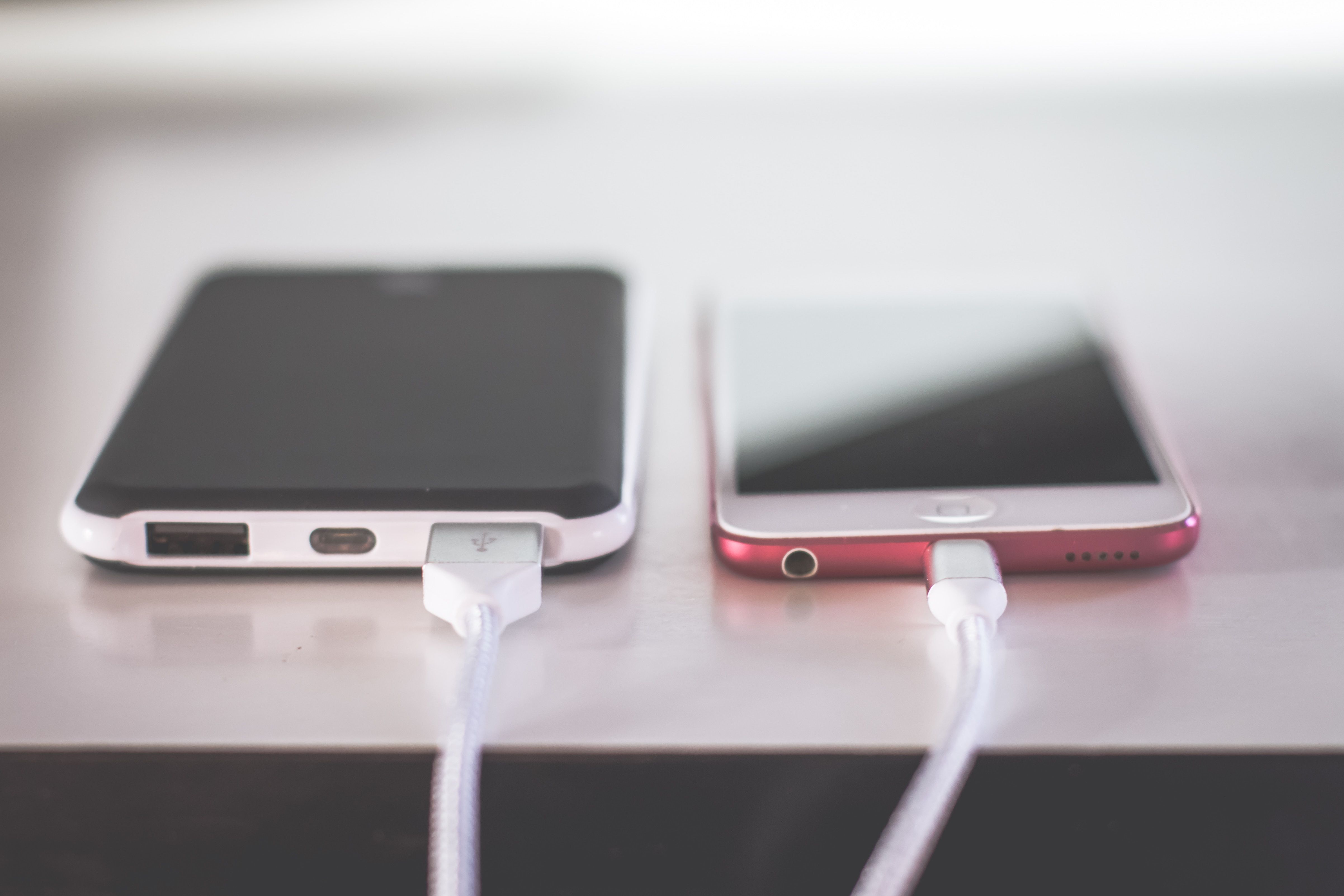Breakthrough finding in rechargeable lithium-oxygen batteries
Chemists at the University of Waterloo have pushed back boundaries in the field of electrochemistry. The group of scientists have made a breakthrough finding that could pave our way to rechargeable lithium-oxygen, also known as lithium-air, batteries with close to 100% coulombic efficiency.
Professor Linda Nazar and her colleagues at the Canada Research Chair of Solid State Energy Materials have been able to achieve four-electron conversion for the first time. Where current is the flow of charge, electrons are the charge carriers. Four-electron conversion doubles the electron storage of lithium-oxygen (Li-O2) batteries. It has been confirmed by online mass spectrometry and chemical quantification data and proven by the findings to be highly reversible.
Scientists have made a breakthrough finding that could pave our way to rechargeable lithium-oxygen, also known as lithium-air, batteries with close to 100% coulombic efficiency
A typical Li-O2 cell is composed of a lithium anode and a porous carbon cathode, separated by a Li+-ion conducting organic electrolyte. An electrolyte is a solution or gel containing ions used in electrochemical cells. During discharge, oxygen is reduced on the carbon cathode, forming insoluble lithium peroxide (Li2O2) via the formation of the intermediate superoxide (LiO2). The difficulty with this cell-setup is that the superoxide and the lithium peroxide react with the carbon cathode and degrade the cell from within. Additionally, the superoxide consumes the organic electrolyte in the process and reduces the life cycle significantly.
Nazar’s team switched the organic electrolyte to an inorganic molten salt of lithium nitrate/potassium nitrate which has a good chemical stability and a high conductivity. Furthermore, the porous carbon cathode has been replaced with a bifunctional metal oxide catalyst. It catalyses the cleavage of the O–O bond in oxygen on discharge which yields a high capacity as well as O2 evolution on charge with very low overpotential. Significant charge overpotential indicates the presence of secondary reactions that reduce battery efficiency. This explains why this newly-developed battery has such remarkably high efficiency.
Nazar’s team switched the organic electrolyte to an inorganic molten salt of lithium nitrate/potassium nitrate which has a good chemical stability and a high conductivity
Operating the battery at 150˚C turns the formation of the more stable lithium oxide (Li2O) more thermodynamically favourable than Li2O2. By switching the cell body of the electrochemical cell with different materials and playing with the thermodynamics and kinetics of the system, researchers have been able to form a battery with favourable charging characteristics. The theoretical energy storage of the battery has also been found to have increased by 50%.
Lithium-oxygen batteries had been attractive in the field of battery research due to their high theoretical energy density which is a result of their two-electron reduction of O2 to Li2O2. Energy density is the amount of energy stored in a material and in the case of batteries is released when the electrochemical reaction takes place inside the cell. Previously, lithium-air batteries were a challenge due to the problems surrounding the cathode, the organic electrolyte as well as the reactive superoxide and lithium peroxide. This research has however eliminated all concerns about any intrinsic limitations in these batteries and shown that four-electron transfers in these batteries are possible, reversible and operate with almost theoretical coulombic efficiency, being close to 100 per cent.

Comments